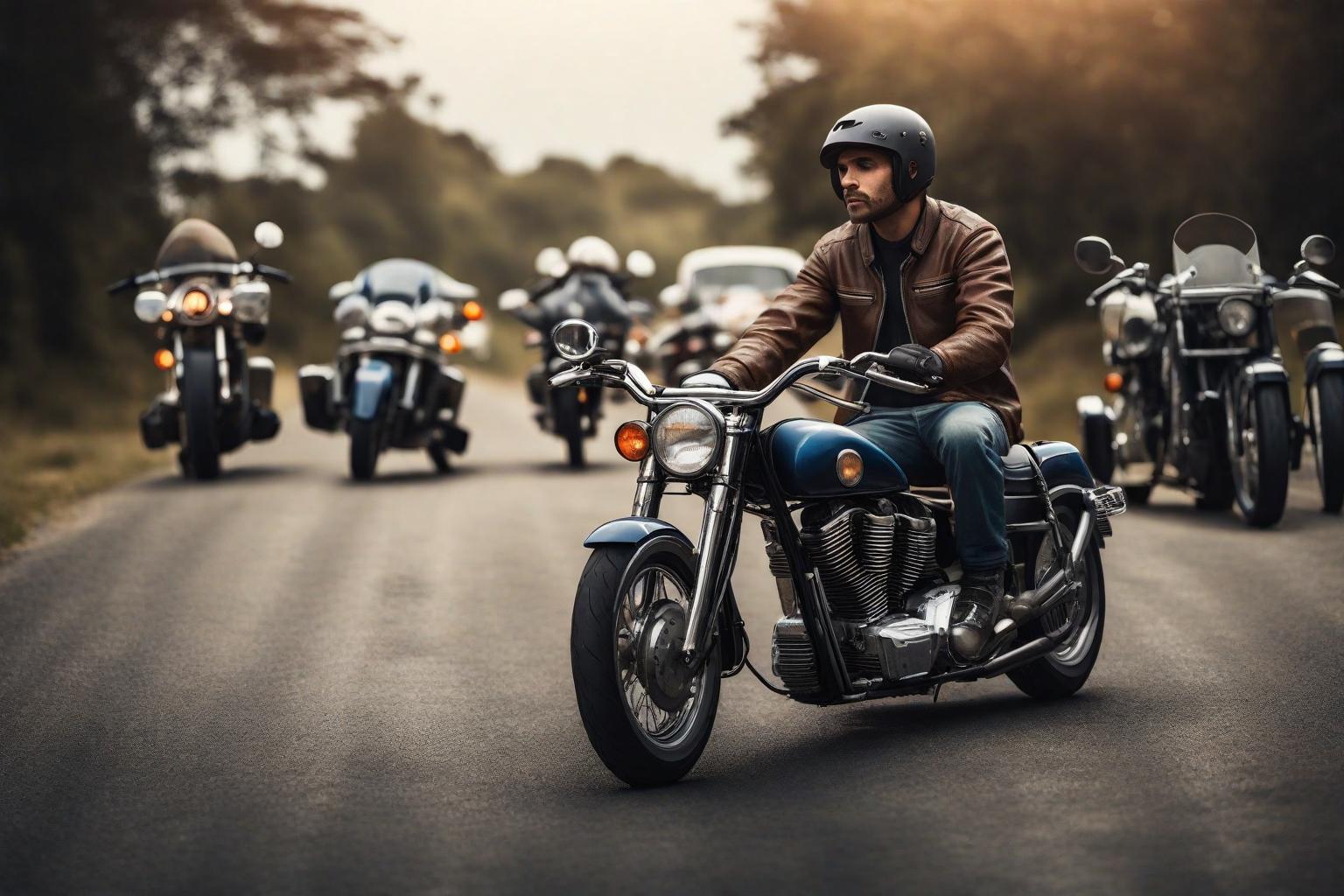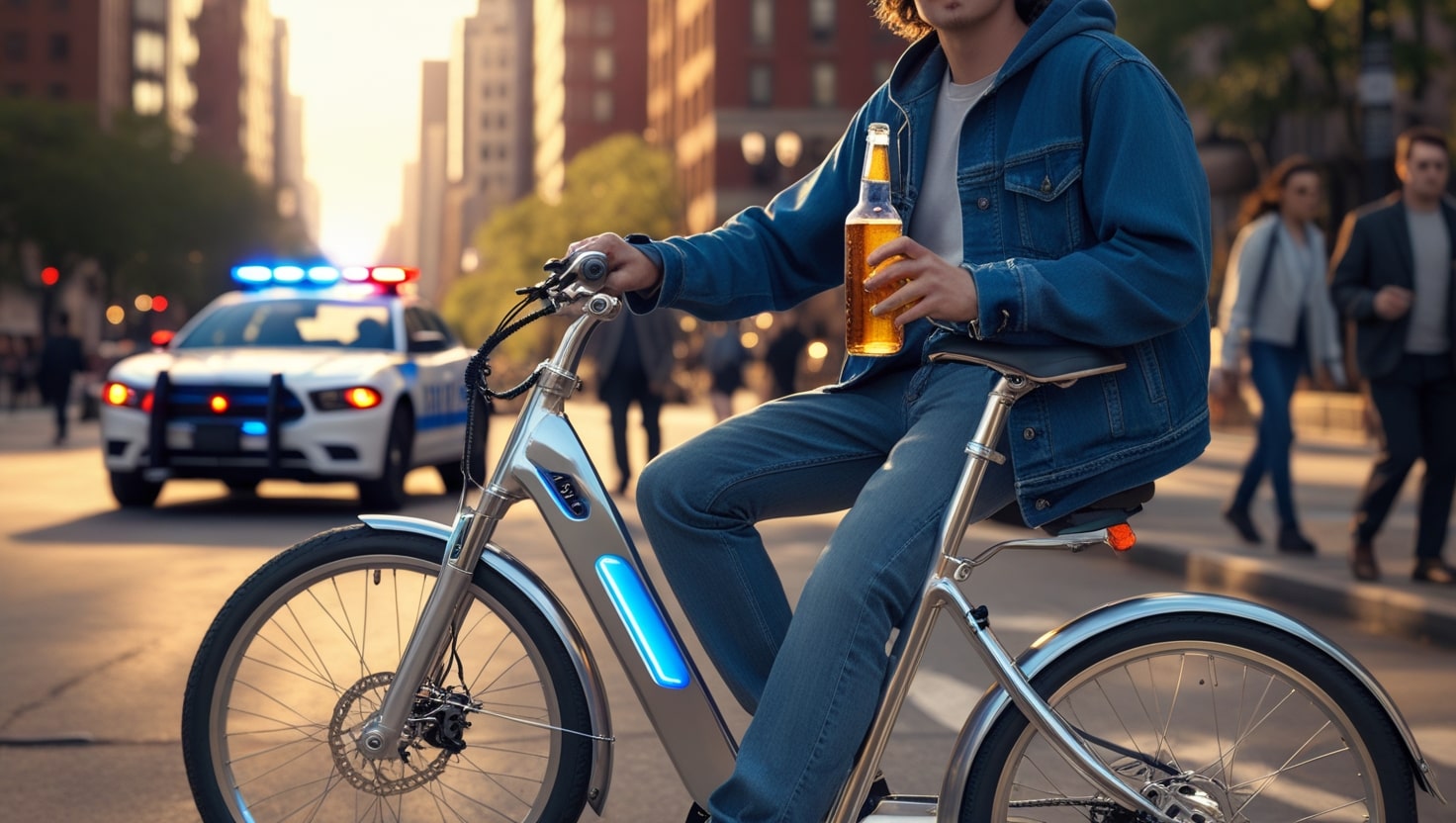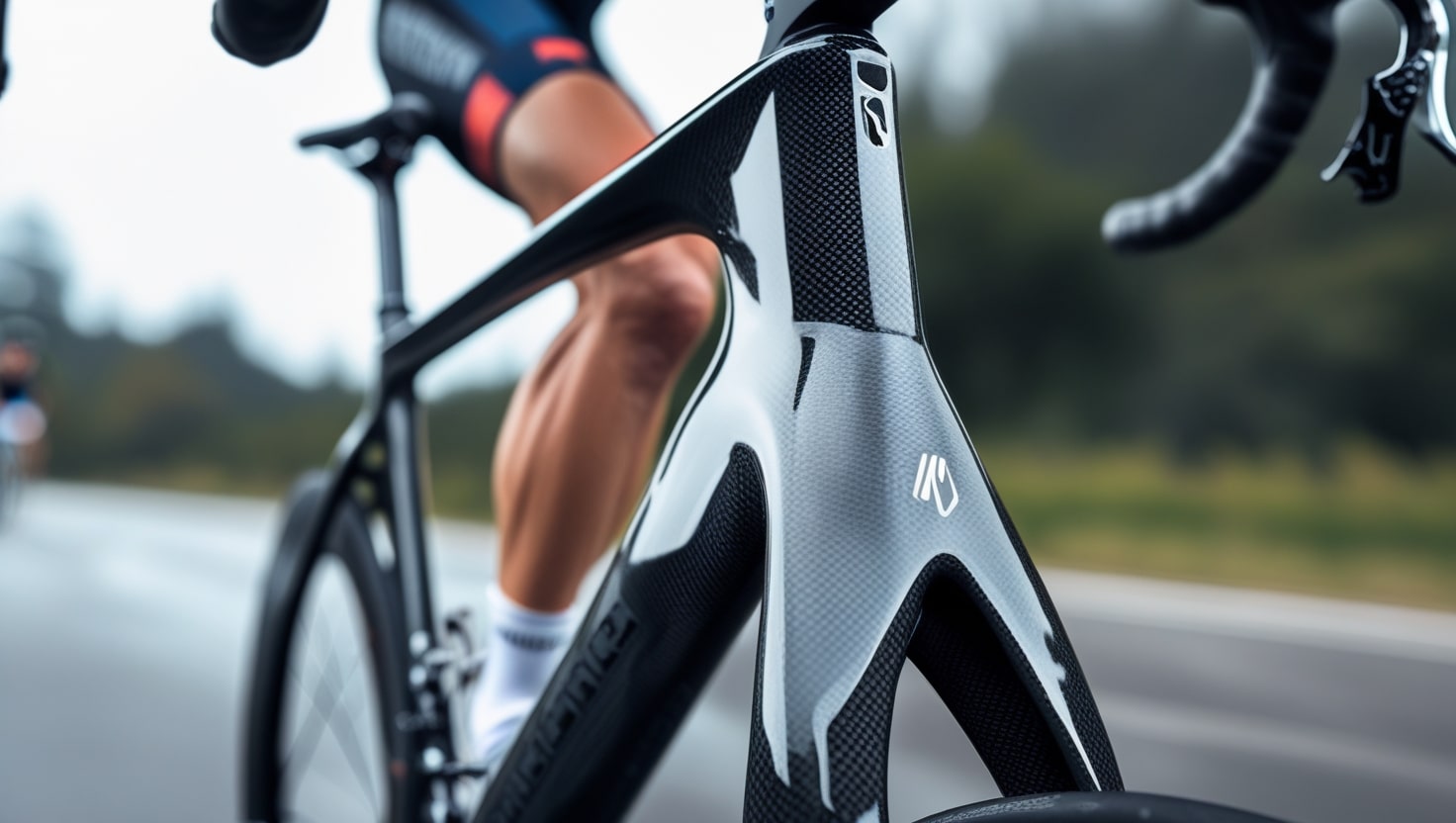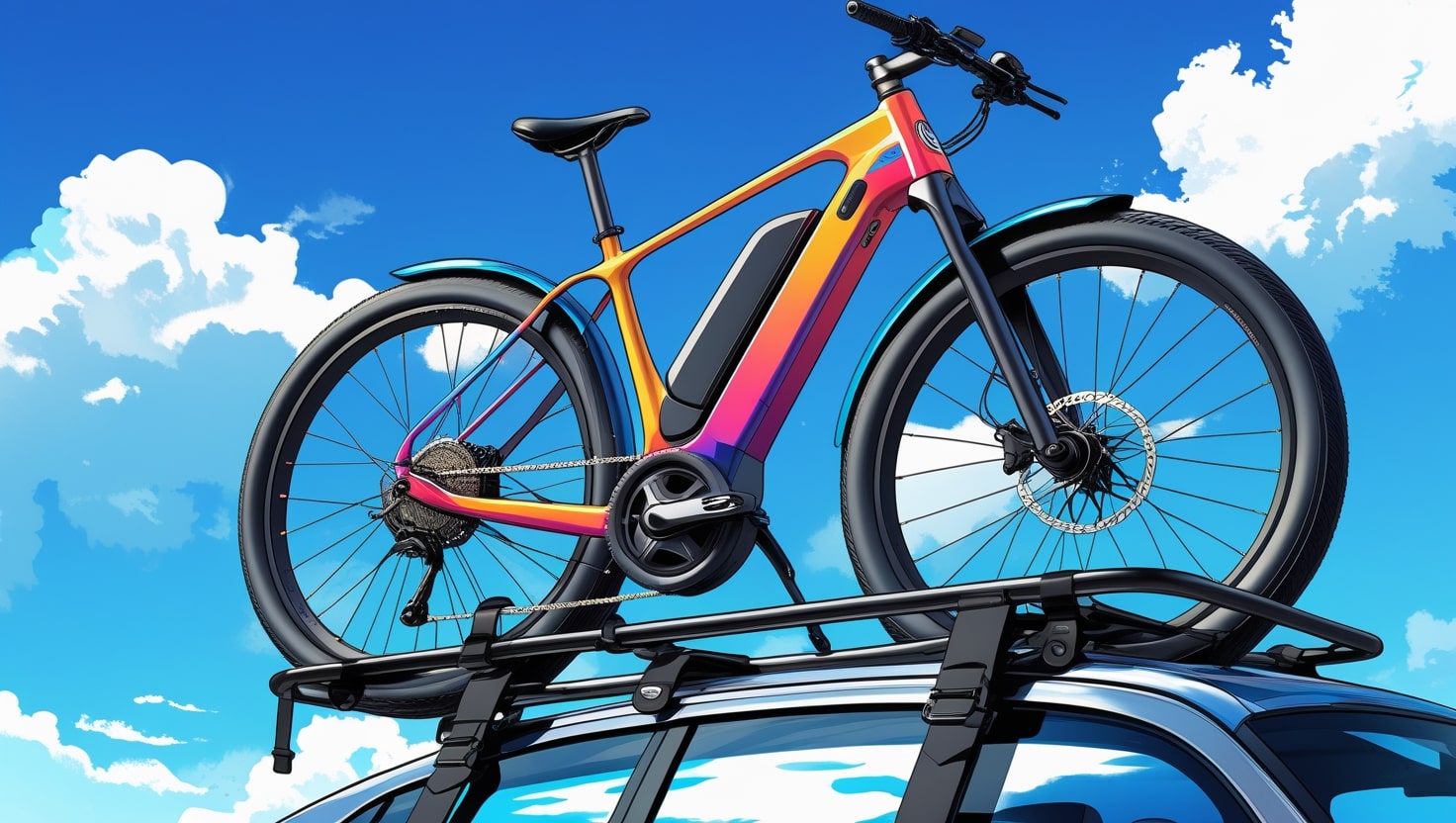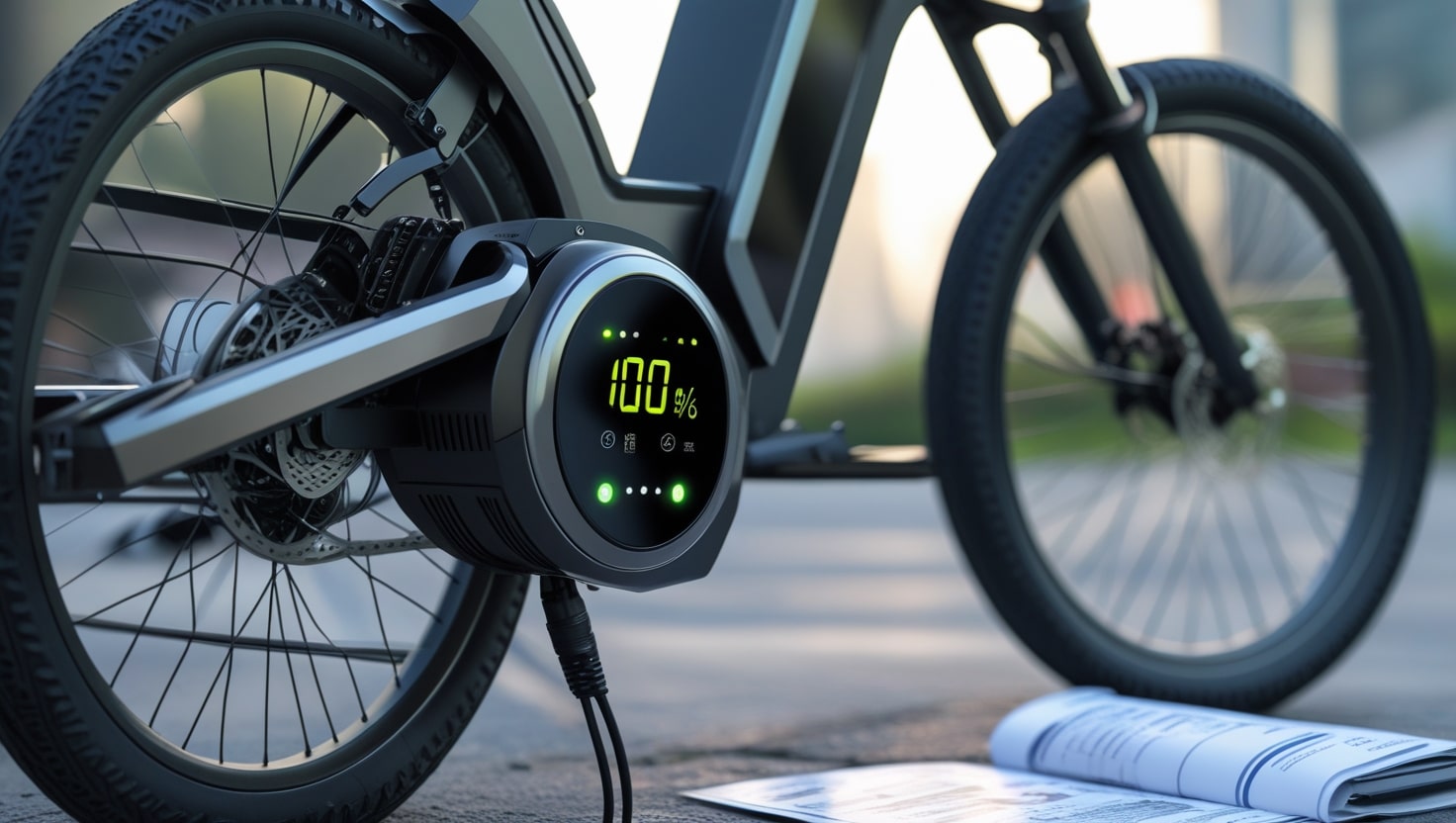When it comes to buying a used motorcycle, knowing how many miles is a lot for a motorcycle can make a difference in the purchasing decision. If you’re a buyer with an eye on a bike that’s racked up a high number on the odometer, you might be wondering if it’s worth it.
For cars, crossing the 200,000 miles mark often signals a trip to the junkyard, but a motorcycle can be different. Mileage isn’t the only thing to consider; other factors like the value and longevity of the vehicle often matter more, as a well-maintained used bike can still be a good deal, even with some miles on it. Taking time to look into how mileage influences a motorcycle’s value might save you from making a hasty stop on your search.
Factors to Consider How Many Miles is a Lot for a Motorcycle
When looking at a used motorcycle with high mileage, there are a few key things to consider before jumping to conclusions about its value. The price doesn’t automatically need to be lower just because of the mileage, as maintenance habits, the amount of care put into it, and whether replacement parts were used can play a big role.
Shoppers often want to know how long the bike will keep performing and if it will face maintenance problems in the future. A bike may depreciate in value the longer you own it, but mileage is often less significant than the maintenance history. For those ready to buy, looking at these factors ultimately helps ensure the motorcycle has plenty of miles left in it.

1. Know the numbers, but look beyond them.
When thinking about high mileage on a motorcycle, the range can vary anywhere from 20,000 to 50,000 miles depending on the type of bike. Sport bikes, for instance, tend to reach the low end of that range at usually around 25,000 miles, while cruisers and touring bikes often handle more miles, typically landing in the 40,000 to 50,000-mile range. But there’s no easy answer to whether these numbers should steer your decision, as mileage is just one part of the story.
The simple fact is that a motorcycle’s condition relies heavily on how well it’s been cared for. Mileage alone doesn’t offer complete practical insight; instead, factors like the specific model, owner’s level of care, and maintenance habits all count. A well-kept motorcycle may ride strong even with a huge amount of miles, so the vehicle’s history and other factors are often more meaningful than the numbers on the odometer.
Related: What Goes On at Sturgis Bike Rally
2. Consider the type of motorcycle.
When it comes to motorcycles, the type you choose has a big impact on what is considered high mileage. Touring motorcycles, for example, are designed to handle long distances, with many touring bike owners comfortably riding over 10,000 miles per year. As long as the owner commits to proper maintenance, this high mileage isn’t usually a problem for these bikes since they’re built to go the distance.
On the opposite end, sport bikes work at a much higher rev level and accelerate faster, causing them to wear out more quickly than cruisers or baggers. These bikes tend to reach the high mileage mark faster due to the way they operate and how hard they brake. However, even a sport motorcycle that’s been lovingly maintained can last a long time, sometimes even outlasting a tourer that rarely visits the service garage.
3. Consider the maintenance and storage.
The owner’s level of care is often the single most important factor when it comes to how well a motorcycle holds up over the years. A well-cared-for bike can last for 100,000 miles or even longer. When selling a used motorcycle, providing basic information about how it has been maintained and stored is key to showing that it’s in good condition.
Some especially important things to look for include whether oil changes and air filter changes were done regularly, and if the bike has been cleaned and stored either outside or in a garage. It also helps to know if the bike was ridden regularly or left to sit unused. For a buyer, service records showing major items or even minor items can give valuable insight into how the bike was treated. Lack of service records can mean a lack of proper steps taken during storage.
If the motorcycle has been kept in storage for too long without care, it might face issues like damaged seals, worn-out gaskets, or rust from moisture buildup. These problems can be especially concerning if there were different owners over time, as finding information on past care can be hard. In such cases, knowing these details from the first place is essential before moving on to the next tip.
4. Consider the owner(s).
When evaluating a used motorcycle, the number of owners can tell you a lot about its history. A smaller number of owners is often a good sign as it suggests the bike hasn’t passed through too many hands. Single-owner motorcycles are considered the holy grail among used bike buyers because they’re usually easier to find information on, like the service history and any deferred maintenance. Fewer owners mean there’s a lower chance of hidden issues like an unreported crash or other undesirable events.
However, it’s also essential to take the big picture into account. Not all miles are the same; kind of miles matters too. Did the owner ride aggressively, pushing the bike to its limits on track days, or did they ride with a more relaxed style on the weekends? Both the number of owners and their riding habits are important factors to consideration when looking at the end life of a motorcycle.
5. WHAT'S THE BIKE'S SERVICE HISTORY LIKE?
When it comes to a motorcycle’s mileage, the service history is often more important. A seller should provide basic information on how well the bike has been maintained, and if possible, share actual service records.
It’s important to look out for details on where the bike was stored—was it left outside or kept in a garage? Also, check if it was ridden regularly or left unused for long stretches of time. Regular services like oil changes, air filter changes, and cleaning are also crucial. Finally, the service records should include any major items or minor items that were taken care of over the years.
Related: What Motorcycle Should I Get
6. YOU MIGHT NEED TO BREAK THE ENGINE IN
Every new bike’s engine needs a break-in period to settle parts properly, especially in most motorcycles where the first 500-1,000 miles are crucial.
If the bike has undergone an engine rebuild, it should be broken in like it’s brand new.
Follow these tips for breaking in the engine correctly:
- Use the highest gear possible to reduce strain on the engine.
- Avoid excessive engine speeds in each given gear.
- Prevent lugging the motor by downshifting before it begins to labor.
- Limit usage to no more than 3/4 throttle during the break-in period.
- Refrain from hard stops, aggressive starts, and any rapid, sudden movements for a smoother break-in process.
7. HOW OFTEN WAS IT RIDDEN?
The average annual mileage for a bike is around 3,000 miles, but this number doesn’t mean much if you’re evaluating a specific motorcycle. For your purposes, it’s more important to find out how often the bike you plan to buy was ridden. Was it used every day for five years, or only once a week?
Related: How Much Does Motorcycle Weigh
What is High Mileage for a Motorcycle?
The definition of high mileage for a motorcycle can vary greatly and depends on a number of factors, such as the type of bike and whether it has factory-made original parts. For example, a sport bike or smaller motorcycle might reach high mileage around 20,000 to 30,000 miles, while a larger model may not be considered high-mileage until around 50,000 miles. However, just hitting these mileage numbers doesn’t necessarily mean the bike is near the end of its life.
Many riders put between 3,000 and 10,000 miles per year on their bikes, and with regular maintenance and repairs, a motorcycle can keep running strong well past 100,000 miles. Replacing bigger parts, like the engine, with fresh parts can also extend the bike’s life, giving it a new life on the road and making the mileage number mean much less than it might seem.
What do you mean by “high mileage?”
Defining high mileage for a motorcycle depends on several things, like the value of the bike and how much repair work it might need. For some, a high-mileage motorcycle might just mean adding a new set of tires or doing an engine overhaul. But, if there are numerous repairs or the bike needs a fork rebuild and more expensive maintenance, the bike’s ratio of cost to value starts to change, and it might not seem worth it anymore. A two-stroke bike, for example, might require a top-end rebuild quite frequently, which is usually an easy job but still adds up.
Some models, like a liquid-cooled touring bike, can go a lot of miles before needing major service, though when it comes, it can be somewhat costly. The rarity and age of the motorcycle are also factors. An old bike like a 1948 Panhead with 100,000 miles might still be worth a pretty penny if it’s in original condition and well kept. While its asking price may be under book value because of its age, it can still provide faithful service if maintained.
Mileage on a bike is also about how much you love it. A bike with less than 1,500 miles per year might be a sweet deal if it’s hard to find and still has quite a few years left in it. A high-mileage motorcycle isn’t necessarily “too many miles” if it’s been cared for, and sometimes, with the right repair and maintenance, it’s the perfect fit for someone who’s ready to put in the work.
Related: How Many Miles Do Motorcycles Last?
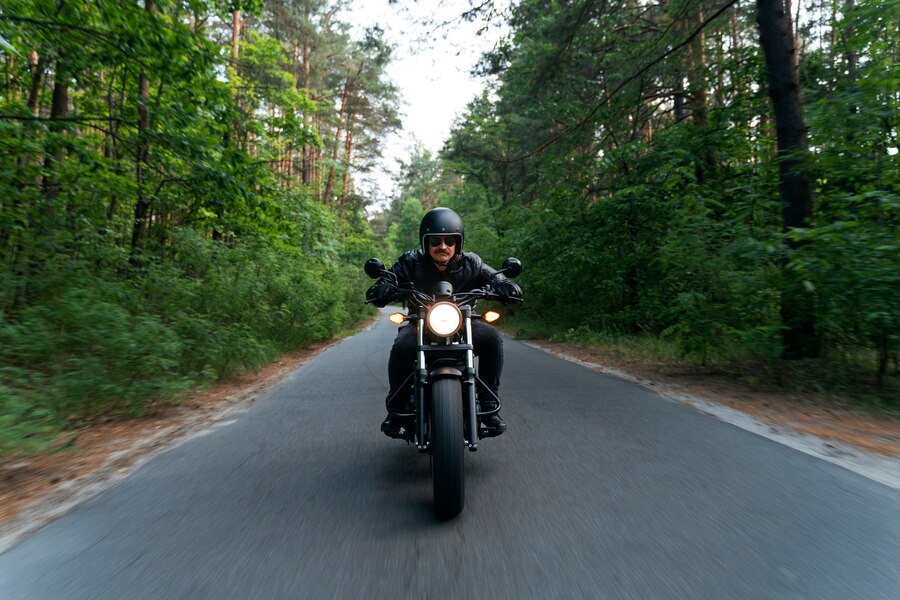
HOW DOES MILEAGE AFFECT MOTORCYCLE VALUE?
A used motorcycle’s biggest selling point is its value over the years. A lower mileage bike that’s well-maintained can offer great bang for your buck, while bikes that have clocked tens of thousands of miles may have a shorter life expectancy. It’s important to consider what you’re paying about the miles a motorcycle has accumulated. If you’re buying your first bike, consider an affordable bike with high mileage — but be careful to avoid one that might fall apart within a year.
IS THE HIGH-MILEAGE MOTORCYCLE STILL IN GOOD CONDITION?
When buying a bike with high mileage, it’s crucial to jump on and take it for a spin to assess its condition. Make sure it starts properly and there are no issues with gear shifting or acceleration. Test how it handles by using both the front brakes and rear brakes to check for responsiveness. As you ride, visualize how the motorcycle would feel with long-term use to determine if it’s a reliable choice.
FINAL THOUGHTS
For many people, especially new riders, choosing to buy second-hand bikes can be a great way to get into the game. While there’s nothing wrong with a higher mileage bike, it’s essential to make sure it won’t break down after the first ten rides. If you shop smart, you can find a great deal and make sure you’re getting your money’s worth. With a huge market for used bikes, there’s something out there for everyone looking to ride without breaking the bank.
FAQs
DOES MILEAGE MATTER ON A MOTORCYCLE?
Mileage can matter when buying a motorcycle, but it doesn’t always have to be a deal breaker. If you’re looking for a used bike that’s cheap, expect it to come with some mileage. The key is to be savvy and check the bike’s condition, history, and model. If the bike still has plenty to give and the price feels fair, don’t hesitate – go for it.
HOW MANY MILES DOES THE AVERAGE MOTORCYCLE RIDER RIDE IN A YEAR?
It’s handy to know that the average motorcycle rider tends to ride around 3,000 miles per year, but this number alone doesn’t give the full picture. More importantly, you’ll want to find out how often the previous owner actually rode the bike you want to buy. The average motorcycle mileage isn’t always a reliable indicator of the bike’s likely condition; instead, ask about the owner’s riding habits as that’s often the best indicator of how well it’s been ridden.
WHAT IS A GOOD MILEAGE RANGE FOR A GOOD MOTORCYCLE?
For a good motorcycle, the good mileage range depends a lot on the model. Dirt bikes are usually considered high mileage at around 20,000 miles, while sports bikes reach high mileage between 20,000-30,000 miles. Cruisers and touring bikes often last longer, with high mileage considered closer to 50,000 miles due to their lower rev level, which gives them more life. So, mileage expectations can vary widely based on the type of bike and how it’s built.
What mileage is too high for a used motorcycle?
When thinking about what mileage is too high for a used motorcycle, there are a few factors to consider. The make and model of the bike play an important role, as do its service history and how often it was ridden. For example, dirt bikes usually don’t last beyond 20,000 miles, while a well-maintained touring bike can easily go over 100,000 miles. Knowing the mileage expectations for the type of bike you’re looking at can make a big difference in your decision.
How many miles can a motorcycle last?
A motorcycle can last anywhere from 20,000 miles to over 100,000 miles, which shows a huge disparity in expected mileage.
The mileage a motorcycle can handle often depends on the model and usage. Here’s a quick rundown to help you understand:
- Sports bikes: Typically 20,000-30,000 miles before reaching high mileage.
- Cruisers: Known to last 80,000-100,000+ miles with good maintenance.
- Touring bikes: Can exceed 100,000+ miles due to durable builds.
- Standard/naked bikes: Expected to go around 50,000+ miles.
- Dual-sport or adventure bikes: Often last 50,000+ miles with varied use.
- Dirt bikes: 20,000 miles is usually considered high mileage for these models.
How many miles can you comfortably ride a motorcycle?
When it comes to how far you can comfortably ride a motorcycle in one sitting, several factors come into play. Your physical fitness, experience level, and the type of bike you’re on all affect your comfort levels. Riding conditions also matter, as some weather or road types can make long rides more tiring. Generally speaking, it’s best to take a break every 100-150 miles to stay alert and comfortable on the road.
Is 500 miles on a motorcycle a lot?
In the grand scheme of things, 500 miles isn’t a lot on a used motorcycle. Certain bikes, especially touring models, are built to last well over 100,000 miles. Even dirt bikes with low mileage, around 20,000 miles, are often still in good shape. So, when you look at mileage, 500 miles is quite low on a bike that’s been made to handle the road.

